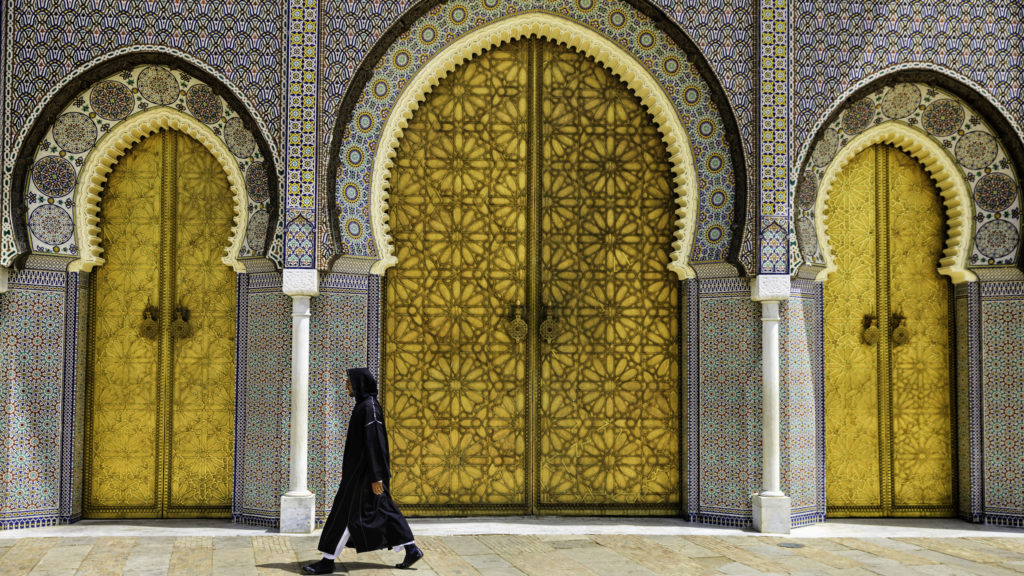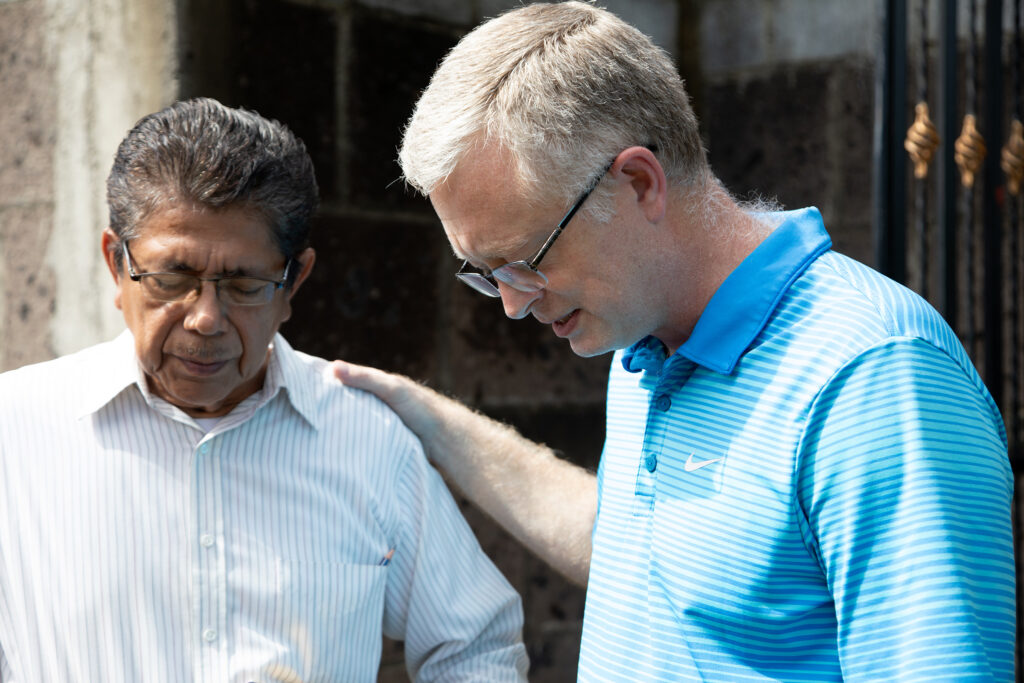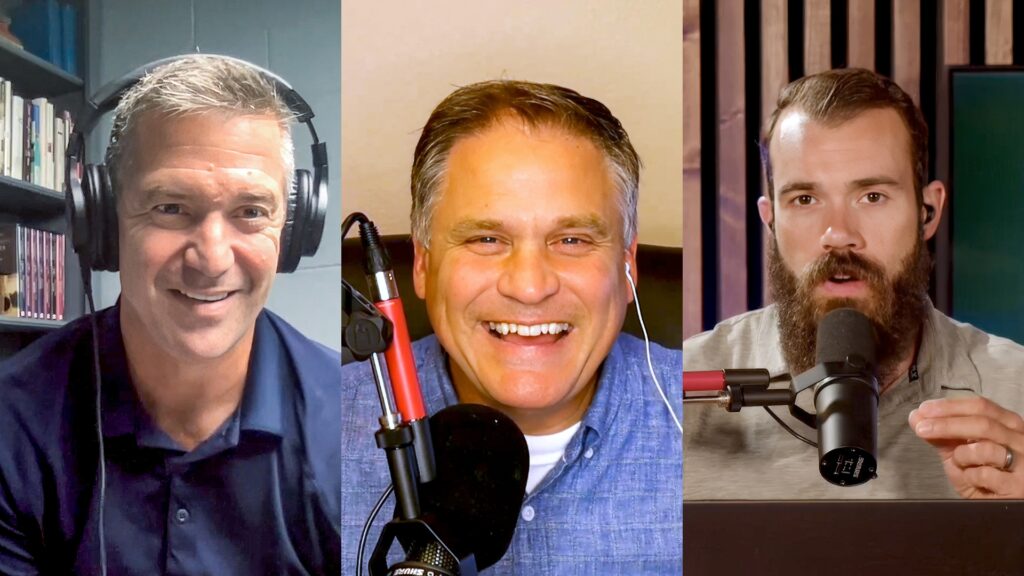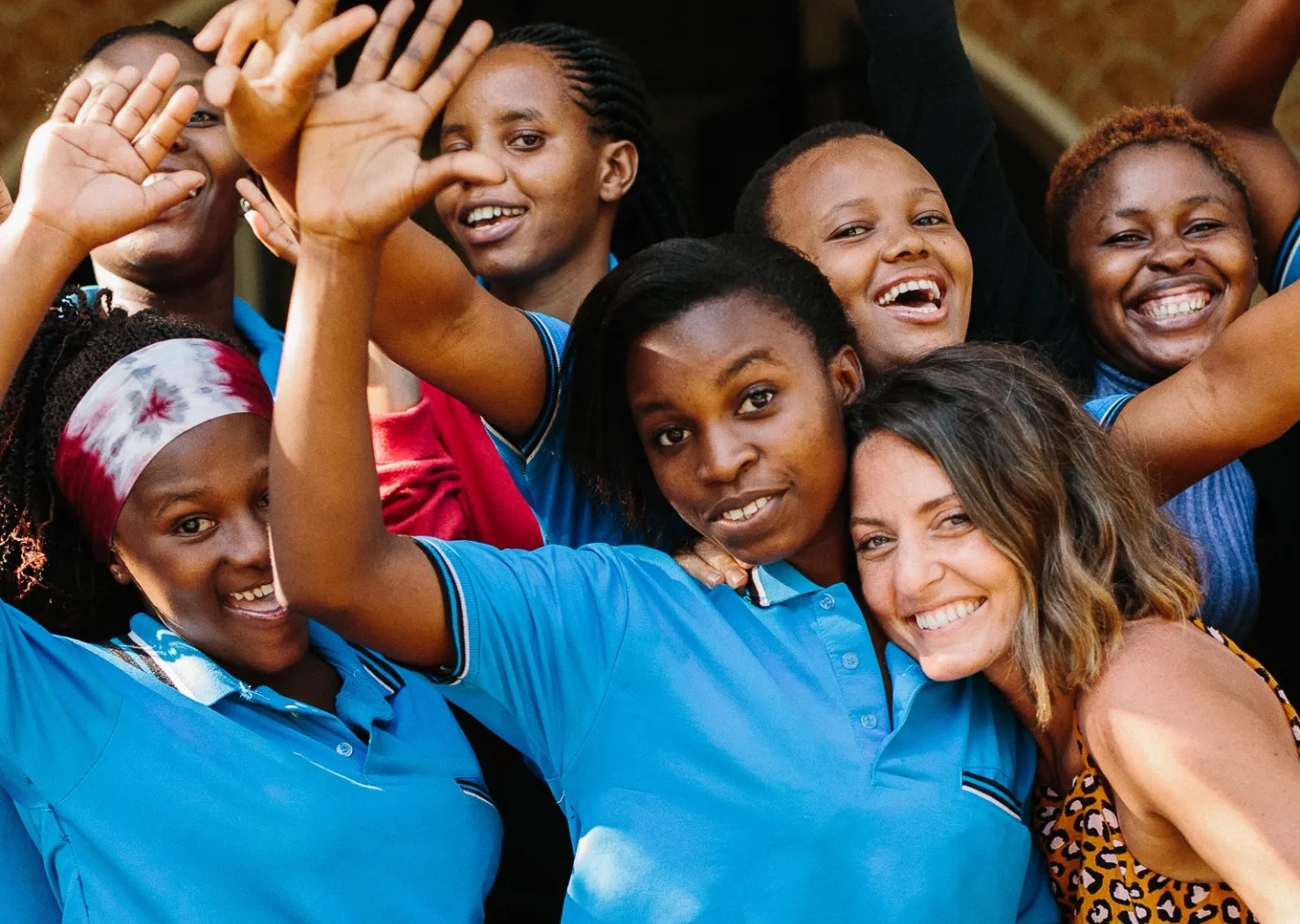The terms unreached and unengaged people groups can sound intimidating to anyone considering missions. Even more daunting is the task of reaching these groups in countries or religions that simply don’t want missionaries.
Often, people use “unreached” and “unengaged” almost interchangeably. But to understand the church’s global task, we must know the difference between these concepts. Let’s begin with some definitions, and then focus on how to reach such groups effectively.
Beginning with Definitions
Joshua Project defines unreached people groups (UPGs) in the following way:
An unreached or least-reached people is a people group among which there is no indigenous community of believing Christians with adequate numbers and resources to evangelize this people group without outside assistance. The original Joshua Project editorial committee selected the criteria less than or equal to 2% Evangelical Christian and less than or equal to 5% Professing Christians.
By contrast, Joshua Project defines unengaged unreached people groups (UUPGs) as those ethno-linguistic groups that have “no known active church planting underway.”
According to the IMB Global Research Office, “A people group is engaged when a church planting strategy, consistent with evangelical faith and practice, is under implementation. In this respect, a people group is not engaged when it has been merely adopted, is the object of focused prayer, or is part of an advocacy strategy.”
At least four essential elements constitute effective engagement:
- Pioneering missionary efforts in residence within the country
- Commitment to work within the local language and culture
- Commitment to long-term ministry
- “Sowing” work in a manner consistent with the goal of seeing a self-sustaining movement of church planting emerge
Thus, all UUPGs are by definition UPGs, but all UPGs are not necessarily unengaged; many are, in fact, being engaged already by missionaries. To put it another way, UUPGs are an important subset of UPGs.
Why do these categories matter?
The Necessity of Networking
For many years, my wife and I struggled as we worked alone with an unreached people in an Islamic context. We were the only known believers in our area of 70,000 people. Desperate for support and encouragement, we focused on reading widely and learning as much as we could. This exposed us to a world of other like-minded workers also trying to reach Muslim UUPGs in particular.
At last count, there are about 1,000 Muslim UUPGs—many with populations of more than 1 million, and 50 groups with populations exceeding 10 million. These massive numbers aren’t just abstractions; they represent real people who have never been engaged with the gospel.
As we started to branch out and start new works among other unreached Muslim people groups, we drew deep encouragement as we discovered like-minded agencies and individuals that had also been doing the same work as we were in many different contexts. We have continued to network with these groups as they encourage us to reach further, collect valuable data about peoples and results, and provide training and resources through regular gatherings of missionaries.
The point is this: the Great Commission is simply too big to do alone. If UPGs represent the fields with few workers, and UUPGs are completely empty fields, we must prioritize strategies of ministry which emphasize sustainability, multiplied impact, and the training and sending of national workers—wherever and whenever possible, within the framework of biblical discipleship.
Pioneer missionaries working in such secluded contexts must surround themselves with teams, networks, and resources. They must do so in order to strengthen their ministry, and to sustain their morale.
Many of us understand why we should prioritize UPGs in prayer, preaching, and giving. But when Jesus commanded us to pray for laborers in his harvest (cf. Matthew 9:38), embedded in this prayer is a recognition that there are some fields that are completely empty of workers. Let us then ask the Lord to expand our vision to these fringes of the harvest.
Editor’s Note: This article was originally published on June 19, 2019.






